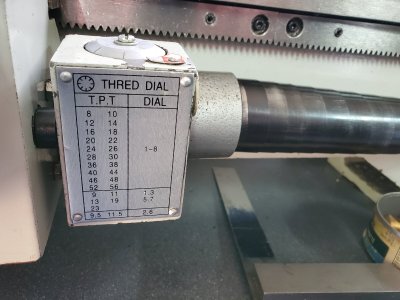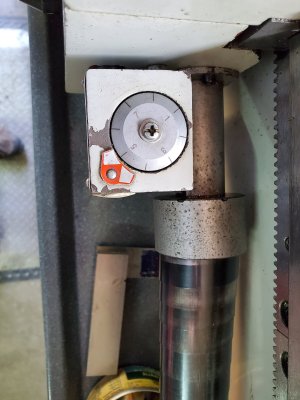DPittman
Ultra Member
So my little lathe has a 16 tpi lead screw and it is a tricky sucker to engage the half nut right on the indicator line as you can be off just a bit and hardly notice it. There is 8 spots I can engage the half nut between the half nut thread indicator markings. What is typical? (If there is such a thing as typical)
I guess if the half nut thread indicator had a huge dial on it then it would make it easier to see the small differences between being on spot or just one thread off.
I guess if the half nut thread indicator had a huge dial on it then it would make it easier to see the small differences between being on spot or just one thread off.


